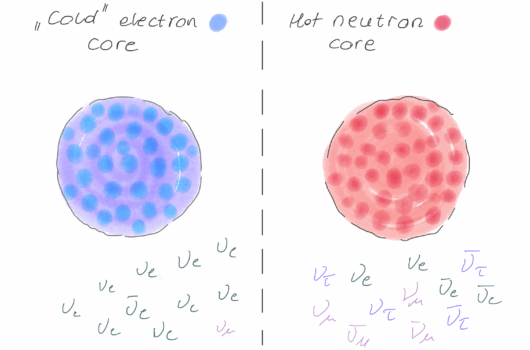Stronger Constraints on Primordial Black Holes as Dark Matter Derived from the Thermal Evolution of the Intergalactic Medium over the Last Twelve Billion Years
Stronger Constraints on Primordial Black Holes as Dark Matter Derived from the Thermal Evolution of the Intergalactic Medium over the Last Twelve Billion Years
View
Abstract
Primordial black holes (PBHs) have been explored as potential dark matter candidates, with various astrophysical observations placing upper limits on the fraction ![]() of dark matter in the form of PBHs. However, a largely underutilized probe of PBH abundance is the temperature of the intergalactic medium (IGM), inferred from the thermal broadening of absorption lines in the Lyman-
of dark matter in the form of PBHs. However, a largely underutilized probe of PBH abundance is the temperature of the intergalactic medium (IGM), inferred from the thermal broadening of absorption lines in the Lyman-![]() forest of quasar spectra. PBHs inject energy into the IGM via Hawking radiation, altering its thermal evolution. In this work, we constrain this energy injection by self-consistently modeling its interplay with the cosmological ultraviolet background from galaxies and supermassive black holes. Leveraging IGM temperature measurements spanning the past twelve billion years (
forest of quasar spectra. PBHs inject energy into the IGM via Hawking radiation, altering its thermal evolution. In this work, we constrain this energy injection by self-consistently modeling its interplay with the cosmological ultraviolet background from galaxies and supermassive black holes. Leveraging IGM temperature measurements spanning the past twelve billion years (![]() to
to ![]() ), we derive one of the most stringent constraints on PBH-induced heating from light PBHs within the mass range
), we derive one of the most stringent constraints on PBH-induced heating from light PBHs within the mass range ![]() g. Specifically, for
g. Specifically, for ![]() g, we find
g, we find ![]() at 95% confidence, with the bound scaling approximately as
at 95% confidence, with the bound scaling approximately as ![]() at other masses. Our inclusion of helium reionization and low-redshift temperature measurements strengthens previous IGM-based PBH constraints by an order of magnitude or more. Compared to other existing limits, our result is among the strongest, second only to the constraints from the 511 keV line from the Galactic Centre, but with distinct systematics. More broadly, this study highlights the IGM thermal history as a powerful and independent probe of beyond-standard-model physics.
at other masses. Our inclusion of helium reionization and low-redshift temperature measurements strengthens previous IGM-based PBH constraints by an order of magnitude or more. Compared to other existing limits, our result is among the strongest, second only to the constraints from the 511 keV line from the Galactic Centre, but with distinct systematics. More broadly, this study highlights the IGM thermal history as a powerful and independent probe of beyond-standard-model physics.




